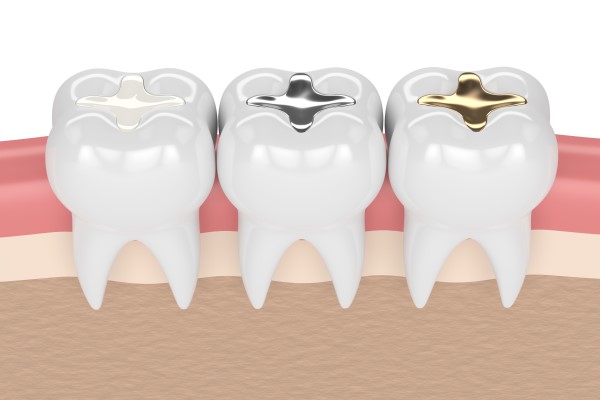How Long Does Dental Implant Placement Take?

Getting dental implants is an important choice in your goals for good oral health. This treatment is also a great way to restore your smile and feel good about your appearance again. If you compare implants to other tooth-replacement options, you will see the differences and benefits that implants offer. The process of getting implants can be long and challenging, though. You should learn everything you can about this procedure so you can be prepared and feel more positive about the experience.
Factors that lead to tooth loss
When children lose baby teeth, it is a big celebration. When a person loses a permanent tooth, it is no cause to rejoice. Living without teeth can affect a person’s ability to eat a healthy diet. It can even change a person’s speech and the shape of their face. There are also, of course, impacts on the individual’s self-esteem. Tooth loss can be embarrassing.
Sometimes, tooth loss occurs due to no fault of the individual. A hard blow to the face from a fall, collision, or another type of injury can knock out a tooth. In other cases, poor oral hygiene is the main cause. Failure to brush and floss properly and frequently can cause decay and infections. Without intervention, this can cause tooth deterioration, bone, loss, and tooth loss.
Starting the dental implant process
When the dentist and patient decide that dental implants make the most sense, there will be an initial, preparatory appointment. Here, the dentist will take X-rays and make impressions of the person’s mouth. If necessary, the dentist may extract damaged teeth. The dentist will then schedule another appointment for the first implant surgery.
Placing the dental implants
Depending on how many implants the patient is getting, the first surgery should take around an hour. If the patient needs multiple implants, the individual should plan on two hours for the procedure. The dentist will numb the patient with a local anesthetic. Once the patient is comfortable, the dentist will make an incision in the gums. Then, the general dentist will insert a screw-like dental implant deep into the jaw. The dentist then closes the wound.
Getting the abutments
After the first step, the bone and implant need time to fuse. The patient will also heal over the next several weeks. Sometimes, this period can take up to six months or more, depending on the patient’s recovery. Once ready, the patient returns to the office for the next surgery. The dentist again numbs the patient and reopens the gums, exposing the tops of the implants. A smaller piece called an abutment attaches to the dental implant.
Getting the crown
After a couple of more months of healing, the patient returns to the dentist’s office. The dentist will attach natural-looking crowns to the abutments. The crowns will match the color, shape, and size of any remaining teeth. The dentist will check to make sure the fit is comfortable and secure.
Worth the time and effort
Getting dental implants can take up to several months from start to finish. There will be some discomfort and soreness with the process. The recovery period can also be challenging. However, the results are long-lasting and can restore your mouth’s function. You can also be happy with your new smile.
Request an appointment here: https://artofdentistrytx.com or call Art of Dentistry at (817) 550-0134 for an appointment in our Arlington office.
Check out what others are saying about our dental services on Yelp: Dental Implants in Arlington, TX.
Recent Posts
Preparing for a tooth filling? Tooth fillings, also known as dental fillings, are one of the most common restorations used in dentistry. They are used to literally fill a tooth once infected areas have been removed. Long ago, tooth fillings were only offered in a couple of select materials; however, modern-day technology has allowed for…
Your Arlington family dentist plays an important role in your oral health because they help you prevent cavities and gum disease while providing you with tips on how to improve your oral health. Even if you already practice good oral hygiene, these tips will help improve your oral health.Practicing good oral hygiene means you have…
It is not just inconvenient and humiliating to have loose dentures. They may even end up posing a risk to your dental health over time. Unfortunately for denture users, looseness is a common long-term side effect of this sort of dental care. There are several solutions available when it comes to repairing a loose denture,…
Interested in professional teeth whitening after braces? Having braces removed can be exciting for patients who are eager to show off their newly-straightened smiles. Most people want to ensure that their smile looks its absolute best, especially once braces have been removed. One way to help achieve that is through a professional teeth whitening appointment.Professional…


